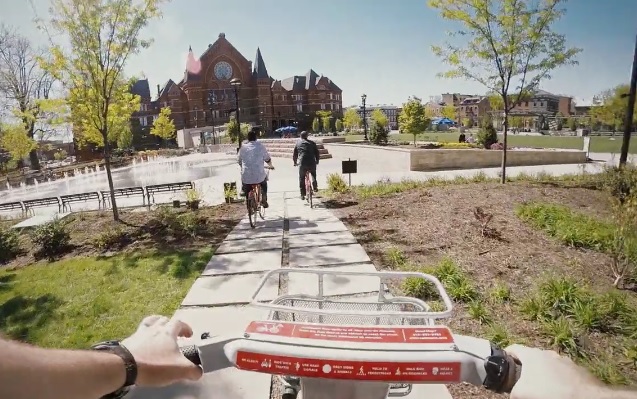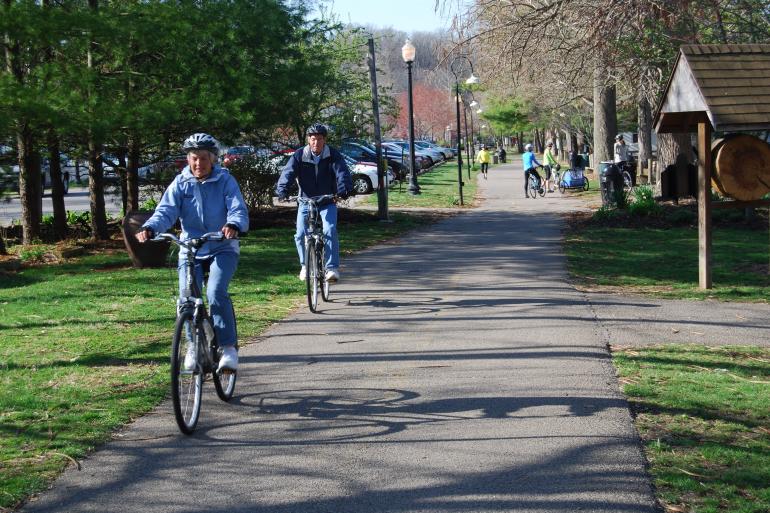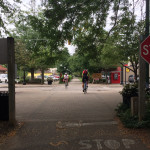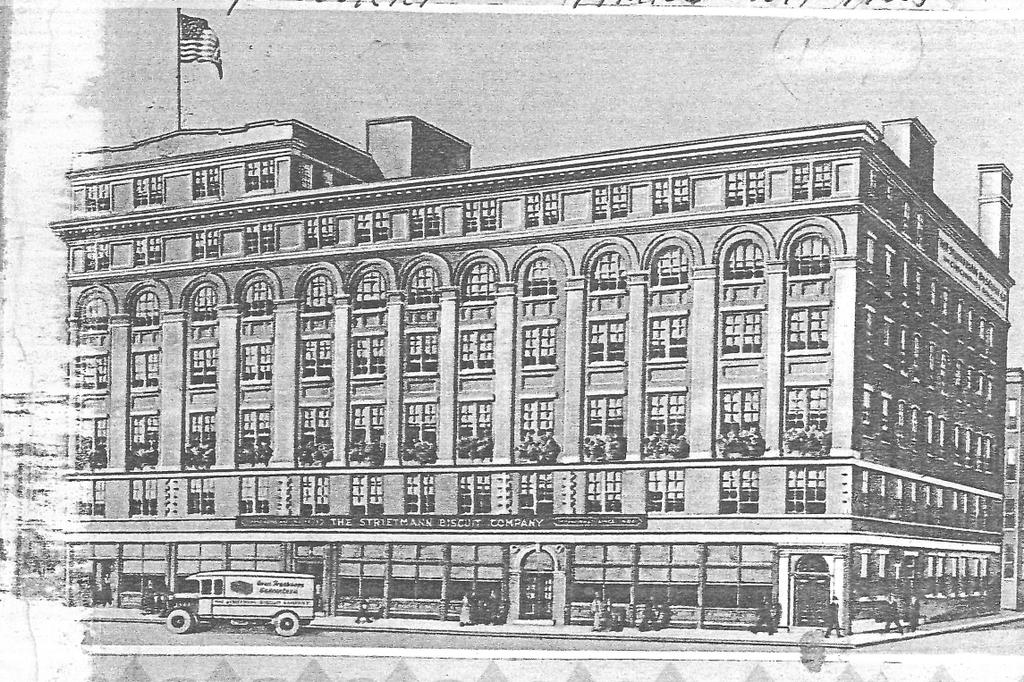 The City of Cincinnati’s Office of Environment and Sustainability recently hired Oliver Kroner as the office’s new sustainability coordinator. In this position Kroner will work with the long-time director of the office, Larry Falkin, in implementing programs and projects that help reduce the city’s carbon footprint and impact on the environment.
The City of Cincinnati’s Office of Environment and Sustainability recently hired Oliver Kroner as the office’s new sustainability coordinator. In this position Kroner will work with the long-time director of the office, Larry Falkin, in implementing programs and projects that help reduce the city’s carbon footprint and impact on the environment.
I sat down with the Northside resident, who goes by Ollie, to ask him 10 questions about his new role and vision for the city.
Randy Simes: First of all, congratulations on the new position. Could you tell us a little about yourself and how you got to this point in your career?
Oliver Kroner: Thanks Randy, I am very excited for the role and the potential for impact. My background has included work in sustainability issues in a number of different capacities. As an environmental scientist, I have worked in the nonprofit and academic sectors conducting research around the environmental and human health impacts of chemicals in our lives.
In the last few years as President of Northside Community Council, we have led several green initiatives in an urban planning and development context. As an entrepreneur, I have worked in green development, renewable energy, and the sharing economy. In many ways the Sustainability Coordinator role combines the skills I have developed in these different roles.
RS: Larry Falkin has been in charge of this office since its inception. Is there anything in particular that you are hoping to learn from Mr. Falkin as you settle into this role?
OK: I’m grateful for the opportunity to work for Larry and OES. He has a good grasp of where we have come from, and what opportunities lay before us as a city. Much of our time together so far has been spent meeting City officials and community leaders. It is probably his ability to weigh information and see an issue from different perspectives that I really hope will rub off on me.
RS: You have a background working with communities that may be at-risk to chemical exposures. Do you see this experience assisting you in this role?
OK: I worked as an environmental scientist with the TERA Center, which is now part of the University of Cincinnati. The Center specializes in chemical risk assessment – analyzing, modeling, and quantifying risk in a way that can be communicated to regulators or communities. I expect the ability to communicate analytical findings and regulations to be valuable in this role.
RS: Sustainability can mean a lot of different things. What does it mean to you in general, and in relation to this specific role?
OK: Sustainability is probably the most intriguing and most complex issue facing humanity. There are large global trends at play that have some pretty scary potential outcomes. We have the opportunity to redirect some of these trends in ways that would benefit quality of life, the environment, and the economy. But to do so will require the cooperation of economics, science, and behavioral modifications.
It is my role as Sustainability Coordinator to work with City of Cincinnati government, businesses, non-profits, and community members, to help these forces align, develop clear steps forward, and establish systems for bench marking and tracking our progress. Our Green Cincinnati Plan has outlined some bold goals- I intend to help Cincinnati advance these goals and lead by example.
RS: What would you say has been the greatest accomplishment of OES since its inception?
OK: OES helped move the City of Cincinnati to 100% green energy and reduced city emissions by 247,000 tons carbon dioxide each year.
RS: What do you think is an area where OES could further grow and make a positive impact in the community?
OK: Considering that approximately 60% of Cincinnatians rent their homes, that most of our building stock is very old, and that we have 30% of our population living in poverty – incentivizing upgrades to rental units could offer significant quality of life gains and energy savings.
One of the first items on my desk is to develop a dashboard to track our progress on various sustainability initiatives. We hope that these data will help us determine where to focus our efforts.
RS: How do you primarily get around town (i.e. walk, bike, bus, car)?
OK: I live with my wife, Libby, and our two boys, Quincy and Julian in Northside. We can put our boys in the wagon, and walk to almost anything we want to do. If I have to cross town, I drive an old diesel Mercedes that runs biodiesel in the warmer months. We’ll take the bikes out for fun, but bike commuting with toddlers is pretty tough! We have Red Bike passes here at the office to zip around Downtown.
RS: You mentioned that you live in Northside. What attracts you to that neighborhood? Would you recommend it as a place to live for other people?
OK: Northside is a community in the strongest sense of the word. We moved back from Boston because we wanted to live in a place where strangers walking on the sidewalk looked each other in the eye and said hello, and we found that here. The walkable historic business district, the old houses, the food scene, live music every night of the week, all surrounded by green space – it’s pretty easy to live here. If that sounds appealing, you should probably come spend a day here.
RS: Paper or plastic?
OK: I brought my own bags, thank you.
RS: Anything else?
OK: I know UrbanCincy has a loyal following of thought-leaders with many ideas for improving our city. I welcome ideas! Please reach out at oliver.kroner@cincinnati-oh.gov.




 The
The 

